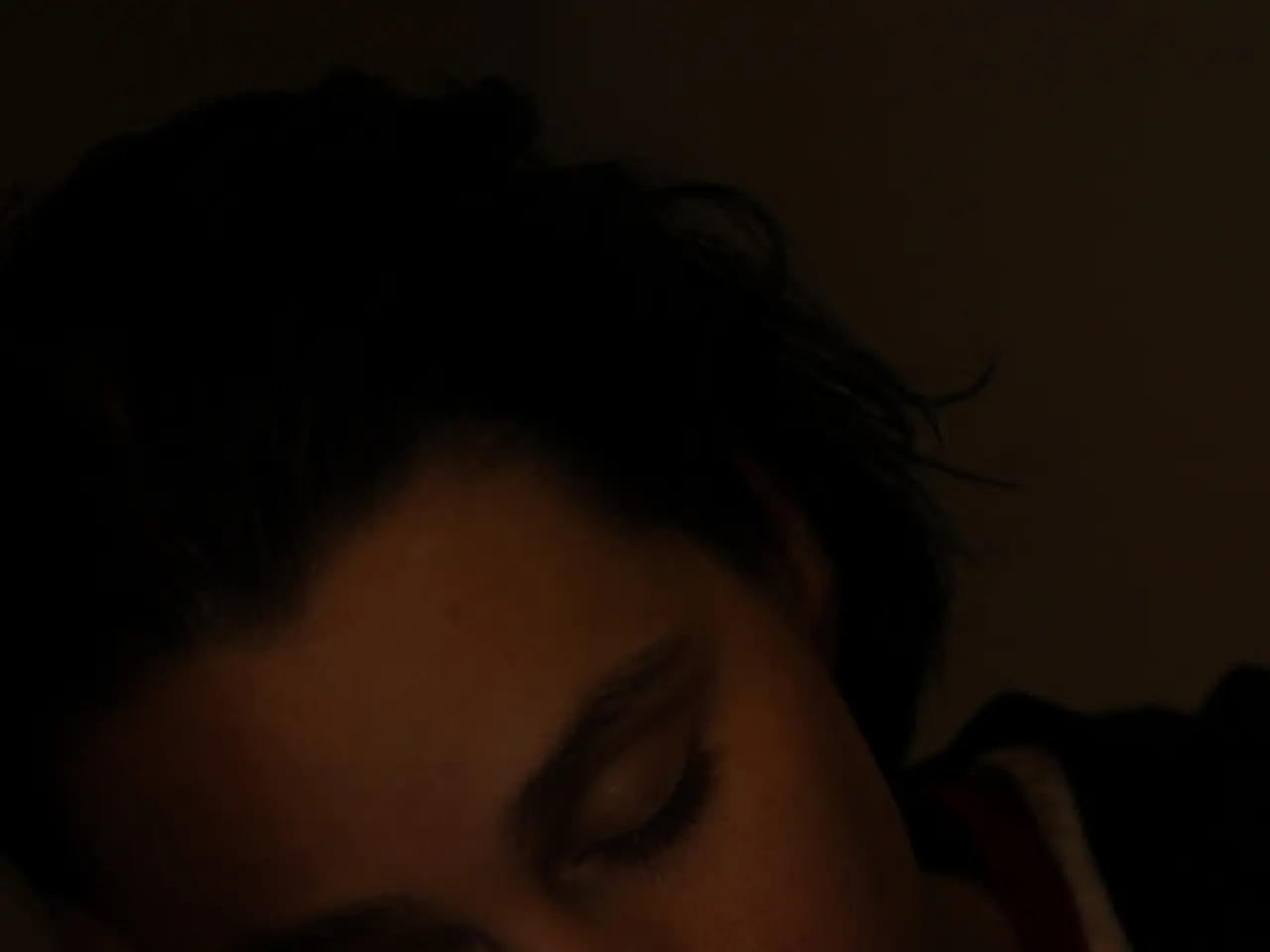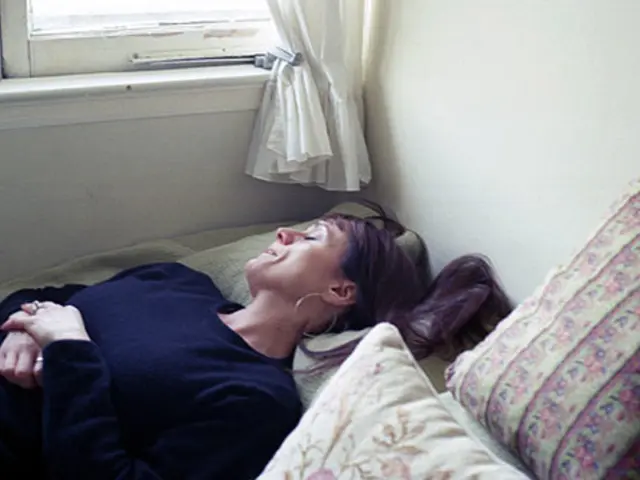Daytime siestas could signal potential health concerns
The Link Between Daytime Napping and Mortality Risk
Getting a good night's sleep is crucial for maintaining physical and mental health, but as we age, achieving quality shut-eye becomes increasingly difficult. Many people opt for daytime napping to compensate, but a recent study suggests that these snoozes might not be as beneficial as they seem.
The study, presented at Sleep 2025, examined the napping patterns of 86,565 middle-aged and older adults from the UK Biobank. Researchers found that those who took longer naps, had more variation in their nap times, and were more likely to nap between 11 am and 3 pm, had a higher risk of death from any cause during the 8-year follow-up.
While the study does not prove a causative link, it highlights the importance of viewing sleep as a 24-hour cycle, considering daytime napping behaviors are just as significant as those during the night, according to Emer MacSweeney, the CEO and consultant neuroradiologist at Re:Cognition Health.
One might wonder, why the association between daytime napping and mortality? Studies suggest that short daytime naps may be beneficial, potentially lowering systolic blood pressure. However, long daytime naps are linked to risk factors like higher BMI, waist circumference, blood glucose, and blood pressure. Moreover, another recent study suggests that excessive daytime napping is linked to a higher risk of dementia.
However, these findings, like the latest study, are observational and cannot show a causative link. Experts agree that further research is necessary to determine stronger associations between sleep and mortality.
To improve nighttime sleep, MacSweeney recommends establishing a consistent sleep schedule, limiting caffeine and alcohol, creating a calming bedtime routine, increasing daytime exposure to natural light, managing medical conditions, treating sleep disorders, and exercising regularly. If excessive sleepiness persists despite good sleep hygiene, a clinical sleep assessment is recommended.
So, the next time you're tempted to catch some z's in the afternoon, think twice. A consistent, good night’s sleep might be the key to a healthier, longer life.
- Aging and longevity are tightly connected to maintaining quality sleep, as aging can make achieving a good night's rest increasingly difficult.
- In resource health, it is essential to consider the importance of daytime napping behaviors, as they can significantly impact overall health and wellness.
- The science behind sleep suggests that chronic medical conditions, such as chronic kidney disease, cancer, respiratory conditions, and eye health, may be affected by both daytime and nighttime sleep patterns.
- Mental health, cardiovascular health, and skin conditions are also potentially influenced by sleep quality, highlighting the far-reaching effects sleep has on various aspects of general health.
- A recent study presented at Sleep 2025 demonstrated a higher risk of death from any cause in those with certain daytime napping habits, such as longer naps, varying nap times, and napping between 11 am and 3 pm.
- While the causative link isn't proven, experts agree that considering sleep as a 24-hour cycle is crucial, as both daytime and nighttime sleep behaviors are significant.
- To foster better sleep hygiene, seniors are advised to establish a consistent sleep schedule, limit caffeine and alcohol, create calming bedtime routines, increase daytime exposure to natural light, manage medical conditions, treat sleep disorders, and exercise regularly.
- If excessive sleepiness persists despite adhering to good sleep practices, a clinical sleep assessment is recommended to rule out any underlying disorder.








